A Conversation with Peter Sedera, Editor of Sourcing Journal
April 10, 2024
A couple of weeks ago I attended Sourcing Journal’s Sustainability Summit, one of their semi-annual events focused on the apparel industry. I had the opportunity to interview Sourcing Journal’s editor-in-chief, Peter Sadera. Peter is a longtime apparel industry news editor (Women’s Wear Daily for 20 years, Sourcing Journal for 4) and knows a lot about a lot.
I asked Peter about the terms “circular” and “sustainable” and how he sees them in relationship.
He said, “They are interchangeable. We are never going to be a sustainable industry if we don’t prioritize circularity. Even if you are using raw materials and inputs that are ‘sustainable’, if you don’t have an end of life plan for those materials, that’s only half the job.” He described a two-pronged approach, the first being reducing the amount of goods we have by designing durable clothes and convincing consumers to pay more for items made to last.
Related to the the amount of goods we have, he talked about the incredible adoption of secondhand or used clothes. The secondhand clothing market in the US was $43 billion in 2023, up from $23 billion in 2018. (link) The stigma of resale has largely disappeared; it is now normal and everyday to shop for used clothes whether that be for high-end fashion on The Real Real or cheap treasures at your local thrift store. This is a huge, positive change because it is extending the life of things that already exist while meeting the consumer demand for newness. A used item is ‘new to you’, but it could have had one or many lives before finding it’s way to your closet. This feeling of ‘new’ is incredibly important and visceral; getting something new to me makes me feel great, and I know I’m not alone out there. Peter is confident that this is not a fad or a marketing ploy; secondhand is a realistic business model that will continue to grow.
The second prong of the sustainable and circular approach is looking at the materials we use to make new products, and, specifically, eliminating petroleum-based materials. He voiced skepticism about recycled plastics and polyester, but acknowledged it’s much better to use recycled plastic than creating more from virgin materials. The ideal would be to use recycled textiles to make new textiles, but the issues we are currently facing are scale and cost. Peter hasn’t seen a solution yet that is scaled and profitable. He mentioned Syre, a polyester recycling start up who just announced nearly $600 million dollars in funding to scale it’s operations, as well as Renewcell, another textile recycler who was recently in the news for going bankrupt. It’s a challenging landscape for recyclers because in order for large companies to adopt new, more sustainable materials they will either look for comparable materials and prices that they’re used to, or they may consider a higher priced material if it is different and better than what they have been using. Peter shared the example of Tesla whose cars may be more expensive than the cheapest petroleum-powered car, but they are also electric which is a differentiator people are willing to pay for. The bottom line in many cases is that the consumer is not willing to pay more for something they perceive to be the same as something less expensive. For example, will a customer pay $5 more for a t-shirt that incorporates some recycled fiber but doesn’t seem different from other t-shirts they already own? This makes it very challenging to create and scale a recycled material at a competitive price point to existing virgin materials. To me, this all points to questions about cheap virgin materials and cheap labor, but that’s another conversation for another day.
I asked about reuse, resale, repair, recycle: does he have a favorite?
“I don’t have a favorite, but I love the idea of designing with circularity in mind. New tech and AI will play a vital role to cut down on waste and only produce the exact amount of material needed to put garments together.” He referenced Lawrence Lenahan, who I had never heard of. I went down a rabbit hole and learned about Resonance, the production platform Lawrence cofounded to help reimagine manufacturing leveraging AI. The linked article from Forbes says, “With the Resonance platform, designers can now bring their creations to life with minimal investment, quick turnaround times, little to no waste in order to better serve their customers with eco friendly and unique clothing.” If that’s true, it sounds like an incredible recipe to shake up the old way of making clothes in favor of something truly more sustainable.
The current, legacy system of manufacturing is broken and we need leaders in the space to adopt big changes. Yes, they may already be adopting small changes, but at the rate we are going, as Peter put it, we are using a teaspoon to empty a flooded house, and our industry continues to flood the house with faster and cheaper clothes. ‘There has never been more garments produced in a year than 2023. We are making more of everything,” he shared. Yes, there are more companies practicing sustainable production, but there are also more companies producing unimaginable volumes of clothes, like Shein. For context, in 2016 Shein is estimated to have made $610 million (already a large company). Just 6 years later in 2022 they are estimated to have made $22 billion, and I’m sure that 2023 was an increase from 2022. Unfortunately, this global industry is just making more and more every year, and Peter feels we haven’t reached our tipping point yet. We need big companies to make changes, and unless consumers suddenly stop buying their products (no sign of that), these big companies will probably change when legislation disincentivizes them.
To end on a fun note, Peter shared that he is a big science fiction fan and finds the films from the 80's prophetic, including their use of fashion, which is mostly focused on uniforms. Maybe uniforms are the answer to all of our woes!
Thanks to Peter for his thoughts and a big heaping does of reality.
Until next week,
Cynthia
cynthia@moltevolte.com

